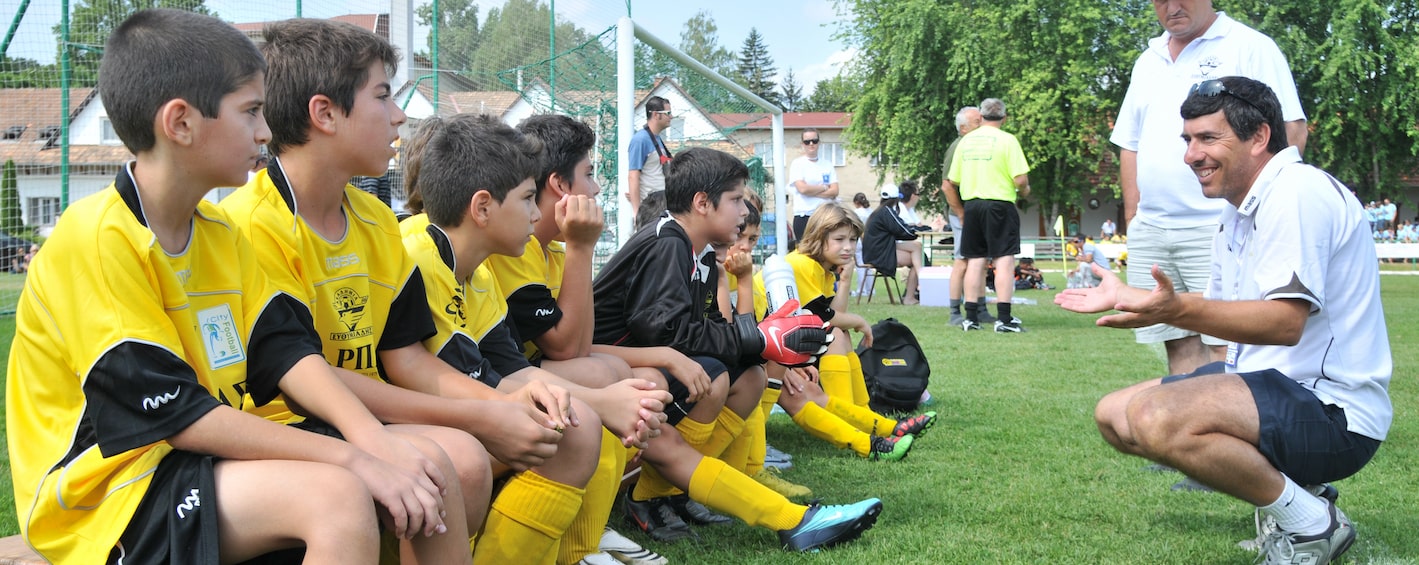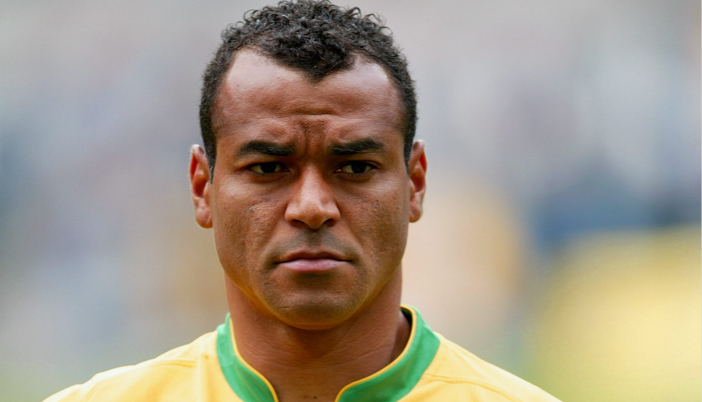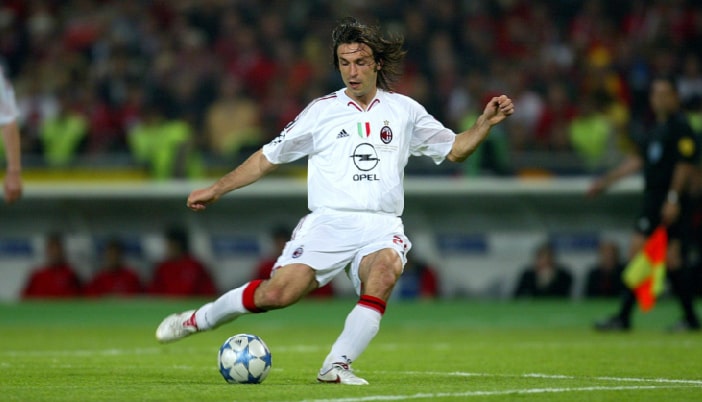What is a False 9?
A False 9 is a tactical innovation in soccer where the central forward, instead of staying near the opponent's penalty area, drops deep into the midfield. This movement confuses defenders, creates space, and disrupts traditional defensive setups. Unlike a traditional No. 9, who is a primary goal scorer, a False 9 also contributes to playmaking and ball distribution.
Real-life Example: Lionel Messi's role under Pep Guardiola at Barcelona is one of the most iconic examples of a False 9. His ability to drop deep, collect the ball, and drive forward was instrumental in Barcelona's success.
The Tactical Advantages of a False 9
Employing a False 9 offers several tactical benefits:
- Space Creation: By dropping deep, the False 9 pulls central defenders out of position, creating space for wingers and attacking midfielders to exploit.
- Numerical Superiority in Midfield: The additional presence in midfield can overwhelm opponents, allowing for better control of possession and more passing options.
- Unpredictability: Defenders are unsure whether to follow the False 9 or hold their line, leading to confusion and mistakes.
Real-life Example: During Spain's Euro 2012 campaign, Cesc Fàbregas often played as a False 9, helping Spain dominate possession and create numerous scoring opportunities.

Coaching the False 9 Role
For grassroots coaches, implementing a False 9 requires clear communication and tailored training sessions. Here are some key coaching points:
- Player Selection: Choose a player with excellent ball control, vision, and passing ability. They should also have good movement off the ball and the intelligence to exploit space.
- Tactical Drills: Use small-sided games to emphasize dropping deep and creating space. Encourage quick passing and movement to destabilize the defense.
- Team Coordination: Ensure that midfielders and wingers understand their roles in exploiting the space created by the False 9. Practicing coordinated movements and overlapping runs is crucial.
Real-life Example: Roberto Firmino's role at Liverpool demonstrates how a False 9 can seamlessly integrate with a team's tactical setup, allowing Sadio Mané and Mohamed Salah to thrive as goal scorers.


Improve Your GameJust 1.99 p/m
Exclusive drills and sessions, get involved today!
- 100’s of Drills
- Coach to Camera Videos
- Sessions from Pro’s
- Industry Leading Advice
Conclusion
The False 9 is a fascinating tactical role that can revolutionize a team's attacking dynamics. By understanding its intricacies and coaching it effectively, grassroots coaches can develop versatile and unpredictable attacking play. Whether you're nurturing young talent or refining your team's tactics, the False 9 offers a fresh and exciting approach to soccer.




Cupello
Rethinking soccer coaching via our industry leading tools. Built to offer effective coaching development solutions for players and coaches of all levels.